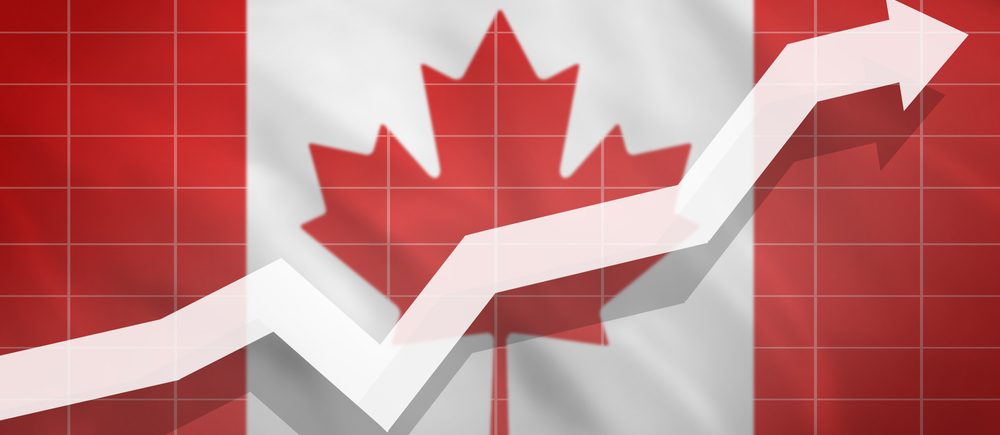The Bank of Canada (BoC) is widely expected to keep its QE program and the policy rate of 0.25% unchanged following the September meeting on Wednesday 8 at 14:00 GMT
NBF
“The central bank’s monetary policy meeting should be a quiet affair, with no substantive policy changes expected and no new Monetary Policy Report to be released. While we expect the tapering of the QE program to be taken a step further in October, there are a number of reasons to believe it will be left untouched for now: (1) we’ve yet to see a taper at a non-MPR meeting; (2) the global outlook has weakened modestly in recent weeks on covid concerns; (3) Canadian GDP growth disappointed in Q2; (4) we have limited additional data on the labour market (there will be two more jobs reports published before October’s meeting); and (5) there is a federal election just 12 days after the BoC meeting which, to us, argues for the Bank standing on the sidelines. While the Bank may acknowledge some of these points (namely COVID-19 and the weaker global/Canadian growth outlook) in its statement, it should leave its forward guidance unchanged. It is worth nothing, also that there will be no press conference after the decision on Wednesday. However, Governor Tiff Macklem will deliver an Economic Progress Report on Thursday. This will mark the first public appearance from a Governing Council member since mid-July.”
TDS
“The BoC will have to acknowledge that growth has fallen short of expectations, but the medium-term outlook should be constructive. We look for QE to remain at CAD2 B per week, with forward guidance pointing to the first rate hike in 2022H2.”
BofA
“We expect the BoC to remain on hold with the policy rate at 0.25% and with bond purchases at CAD2 B per week. Despite high inflation, the economy is still too weak to withdraw stimulus, and the US Fed is providing room to wait. A Federal Election on 20 September may be one more consideration to wait. A potentially dovish tone to the statement suggests idiosyncratic downside risks to the loonie as relative monetary policy drivers remain alive and well. Still, CAD will continue to be influenced by terms of trade developments (i.e. commodity prices) and global risk appetite, both of which have rebounded of late on expectations that Fed accommodation will persist as US data have softened. We see limits to this. Per our recent forecast revision, we expect USD/CAD at 1.30 at end-year.”
 Noor Trends News, Technical Analysis, Educational Tools and Recommendations
Noor Trends News, Technical Analysis, Educational Tools and Recommendations





